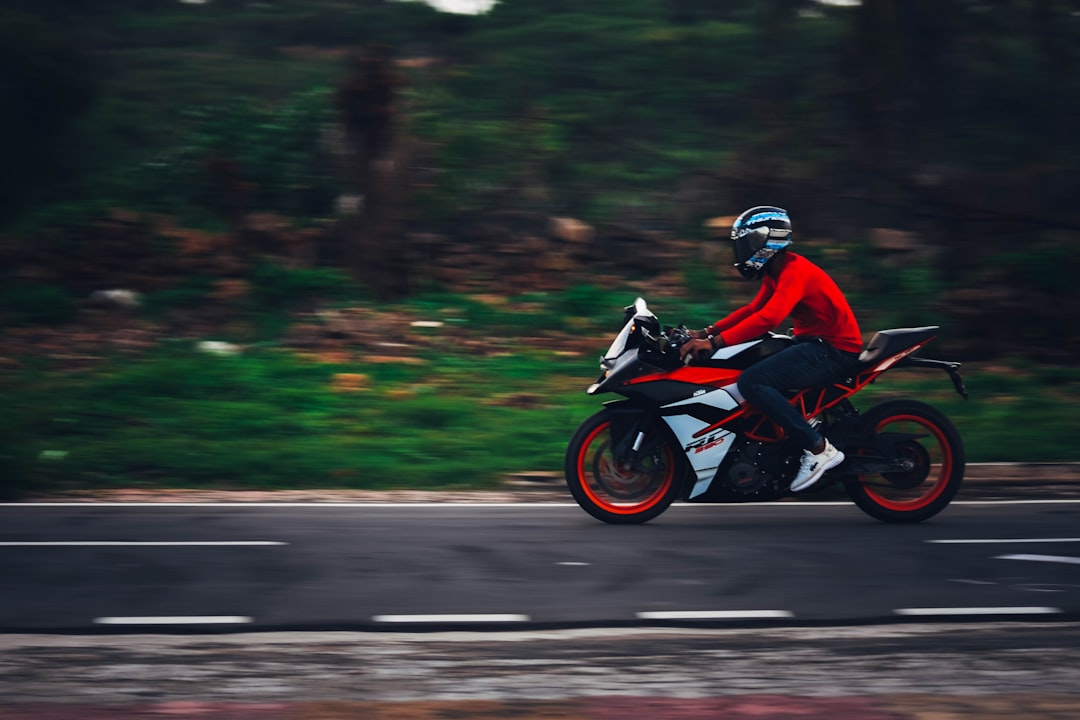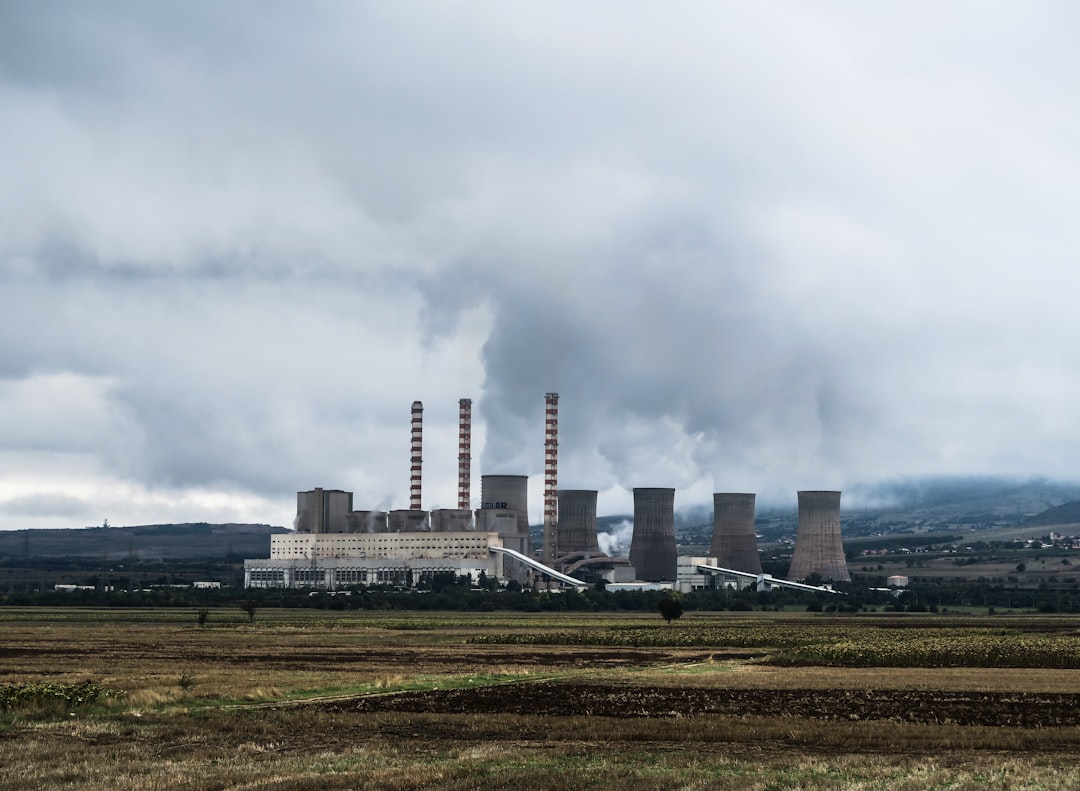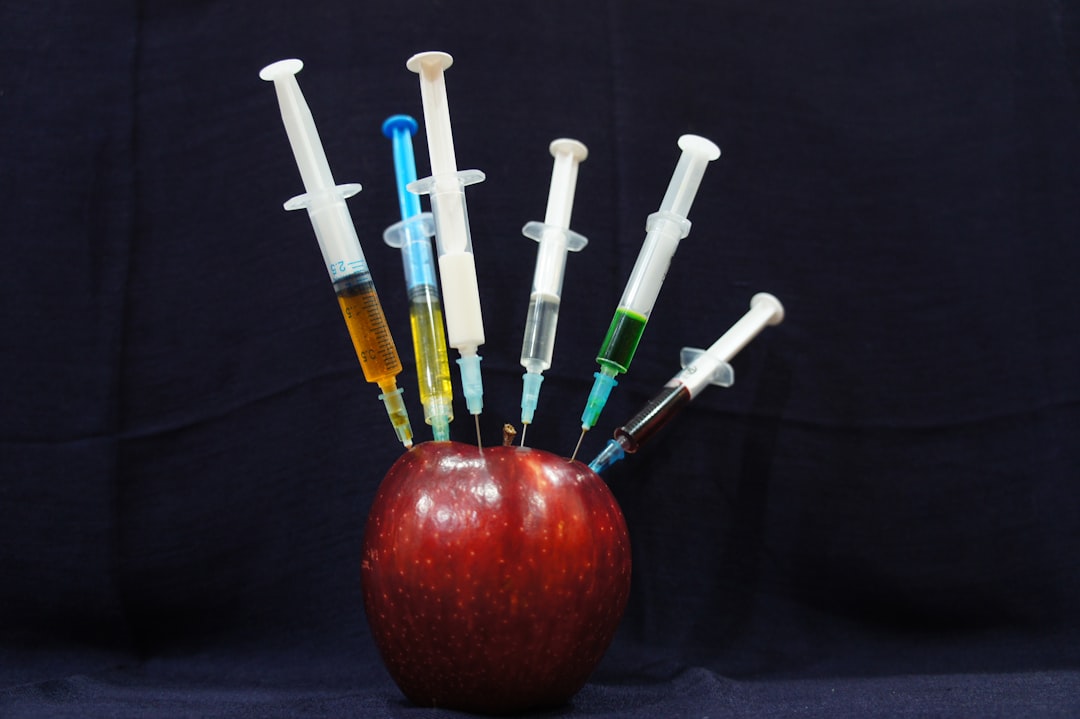What is it about?
Different types of epileptiform activity can occur in the hippocampus of patients with pharmacoresistant temporal lobe epilepsy. The two most common activities are interictal-like events (II) and periodic ictal spiking (PIS). By using nonlinear techniques such as Poincare map analysis and Recurrence Quantification Analysis (RQA), this study analyzed the electrophysiological signals recorded from hippocampal human tissues. The results show that II activity is related to chaotic dynamics, whereas PIS activity is related to deterministic periodic dynamics. The study also discusses the mechanisms that may be causing these two distinct activities and why they are consistently expressed in different subfields of the hippocampus. The paper also demonstrates that each hippocampal subfield exhibits specific II and PIS patterns, which can be interpreted as a consequence of the specific neuronal circuitry associated with each subfield. Finally, the study provides evidence that computational models can simulate the transition between II and PIS activities and that these models are representative of real activities.
Featured Image

Photo by Adrien Converse on Unsplash
Why is it important?
This study provides new insights into the dynamics of epileptiform activity in the hippocampus of patients with pharmacoresistant temporal lobe epilepsy. By identifying the different dynamics associated with the two most common types of activity, II and PIS, the study helps to improve our understanding of the epileptogenic process and lead to new diagnostic and therapeutic approaches. Additionally, this study highlights the importance of considering the specific neuronal circuitry associated with each hippocampal subfield when studying epileptiform activity, which may lead to more targeted and effective treatments.
Perspectives
This study may help to improve the diagnosis and treatment of patients with pharmacoresistant temporal lobe epilepsy. By identifying the different dynamics associated with II and PIS activities, the study may lead to the development of new diagnostic tools that can differentiate between these two types of activity. Especially considering stimulation techniques for seizure suppression, knowing the physical and statistical characteristics associated with epileptiform patterns is fundamental. Finding stimulation patterns that restore basal activity is still an unknown task. Since epileptiform patterns are based on highly synchronized activity, these results may indicate that non-periodic, or even chaotic activity, activities are under baseline brain code and, therefore, stimuli that mimic these patterns may represent an interesting direction of investigation in seizure suppression.
Jean Faber
Read the Original
This page is a summary of: Chaotic and stochastic dynamics of epileptiform-like activities in sclerotic hippocampus resected from patients with pharmacoresistant epilepsy, PLoS Computational Biology, April 2022, PLOS,
DOI: 10.1371/journal.pcbi.1010027.
You can read the full text:
Contributors
The following have contributed to this page










